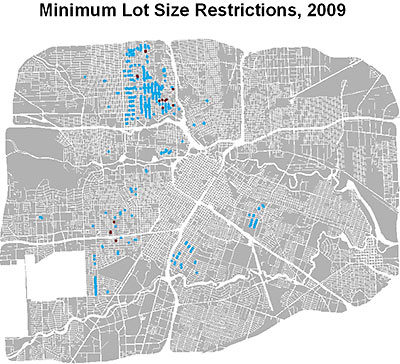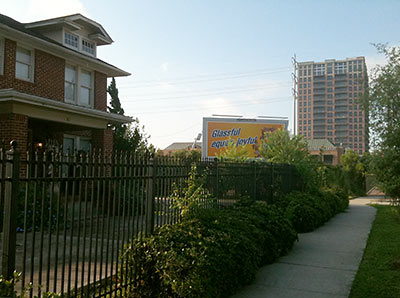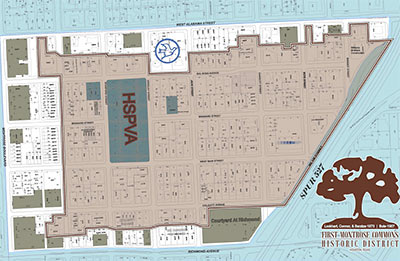Note: Planning and development weighs in. See update below.
Tonight’s 6:30 meeting at the George R. Brown is the only public meeting scheduled to discuss the latest round of proposed changes to Houston’s preservation ordinance, dubbed the “final draft” in some documents. The planning department came out with this revised set of proposed amendments last week, but figuring out what’s in them isn’t so easy. The department hasn’t created any summaries of the new proposal — thought it did for the last round — and it hasn’t specified what’s different from the earlier proposed amendments either. Even more fun: The new amendments have only been released as image scans, making text searching — and what should be the simple task of comparing one set of amendments to the other — a not-so-simple task.
So what’s in the latest round of proposed changes? Swamplot outlined the new proposed method for existing historic districts to “reconsider” — and possibly shed — their historic designation last week. But since then, the department has only released a presentation given by the planning director. Working from that, here’s the best summary of the rest of the provisions we can piece together:





